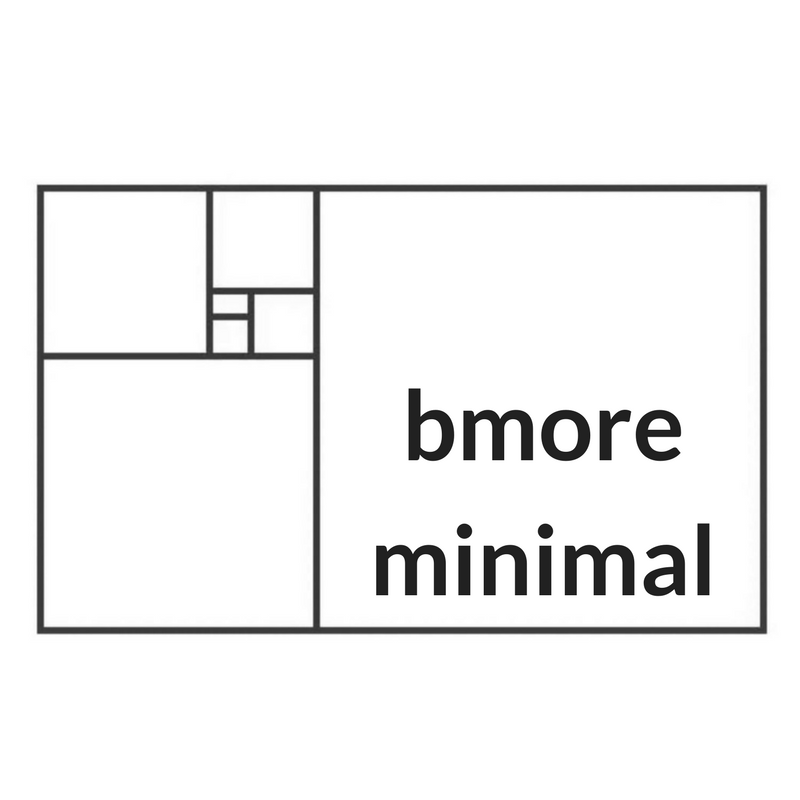I like bowling, but I’m not about to invest in my own personal bowling shoes. That’s fine, because I can rent shoes at the bowling alley the 2ish times a year that I’ll go bowling. I don't have to own them.
I like swimming pools, but I’m not about to build a pool in my postage stamp patio. That’s fine, because I can pay a few bucks to go to the Patterson Park pool. I don't have to own it.
I really like beach houses, but I’m not about to purchase a second home. That’s fine, because I can rent one for a lovely vacation. Say it with me now: I don't have to own it.
We rent or become members to avoid purchases that are too impractical all the time, but I don’t think we extend this behavior far enough. People used to bathe at public baths, and bake their bread in public ovens.
What if we avoided purchases that were practical, but not necessary?
What about renting or borrowing things even if we can technically afford them and fit them into our homes?
Sure, I can afford a $16 book. But I can also use the public library to borrow books, movies, music, ebooks, and magazines, and then return them rather than store them.
I’m not even talking about founding the democratic distributist commune of my dreams. (That's the subject of a much longer blog post.) I’m talking about basic urban amenities that we all contribute to with our taxes and/or with membership fees: libraries of all kinds, public parks and recreation, bike/ scooter/ car shares, gyms, coworking spaces, etc.
These are great for freeing up space in our homes, but also for making our use of these objects more social and less private. I'm all about more community, less clutter.
What “possessions” could you “store” in Baltimore instead of your basement?
